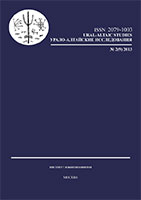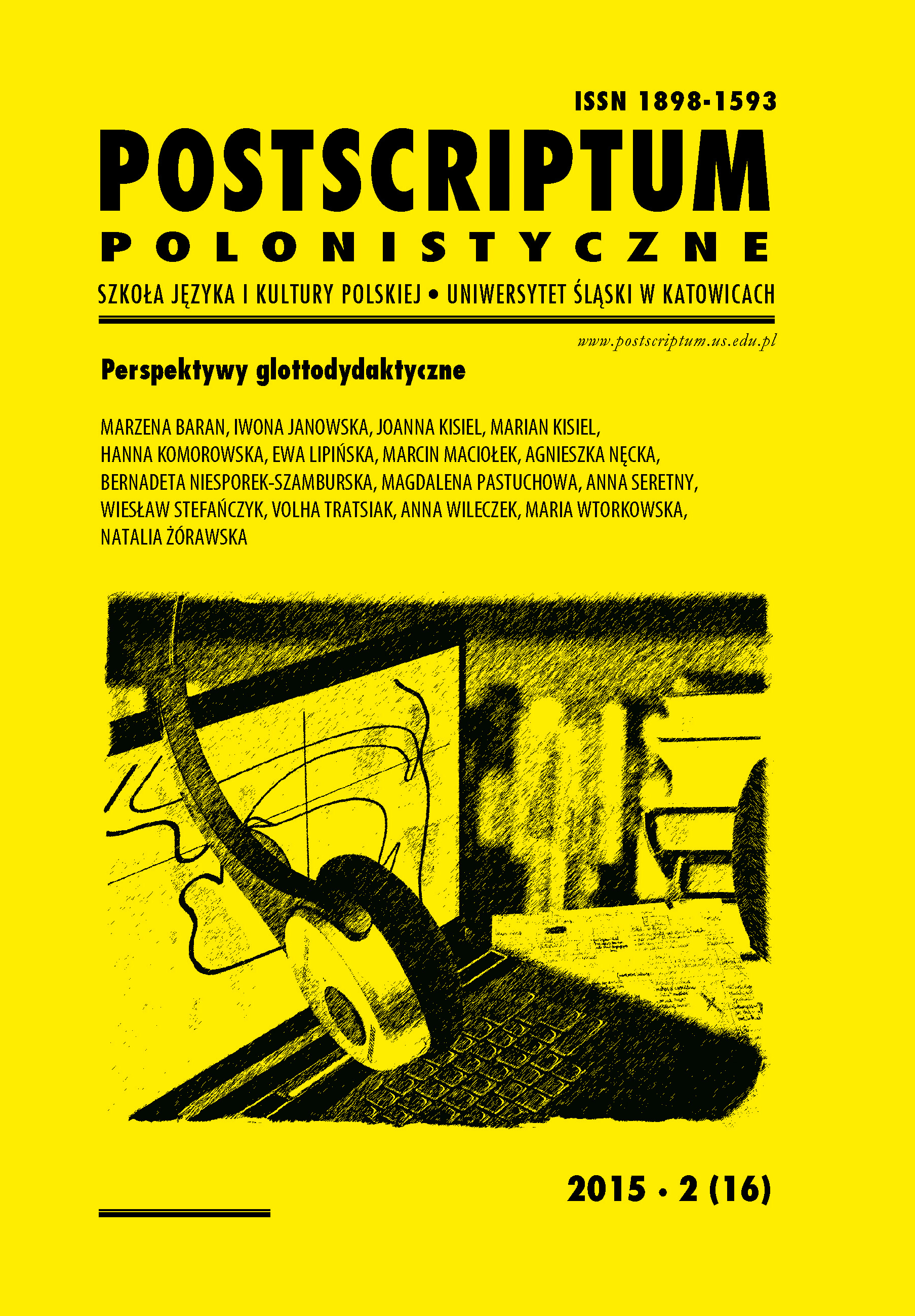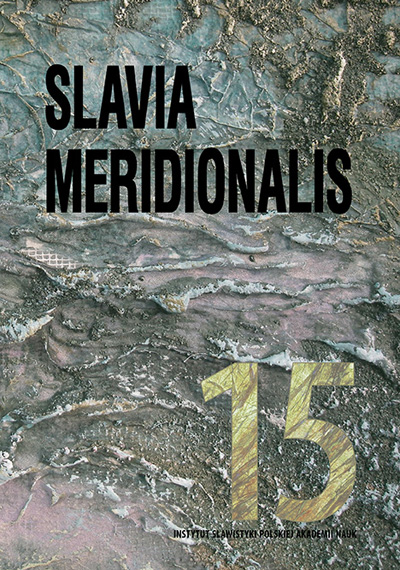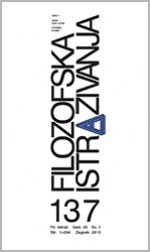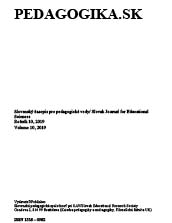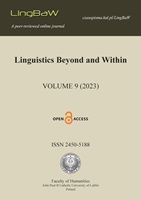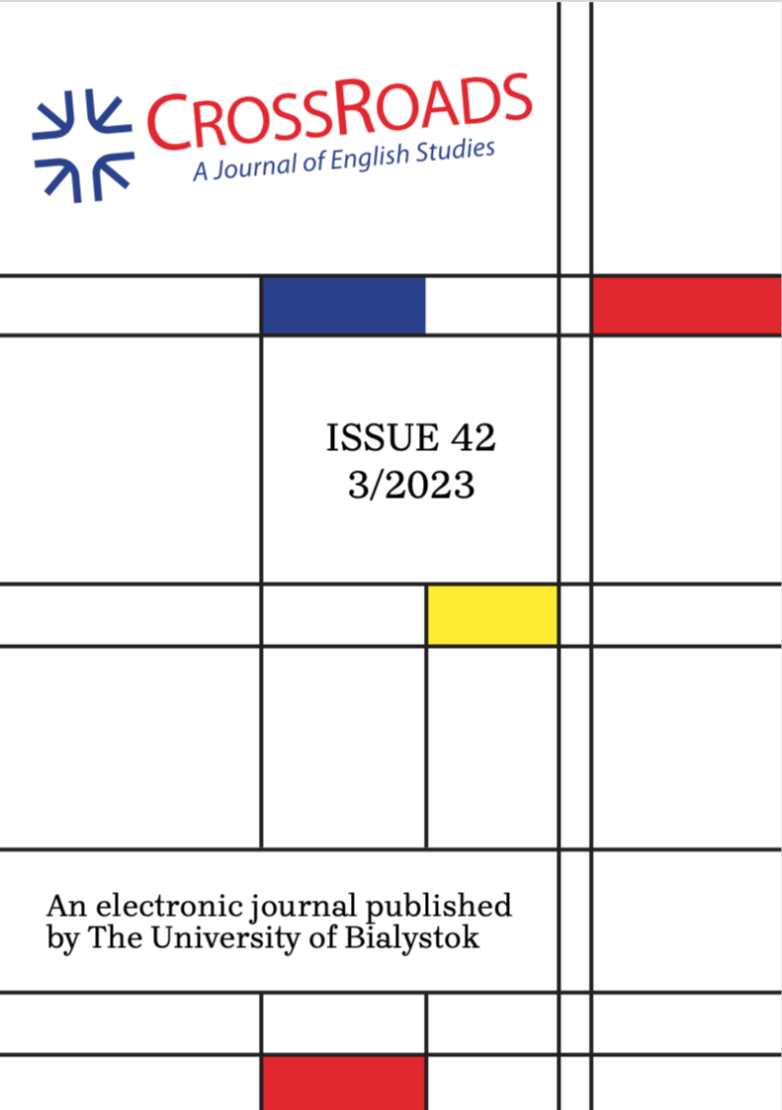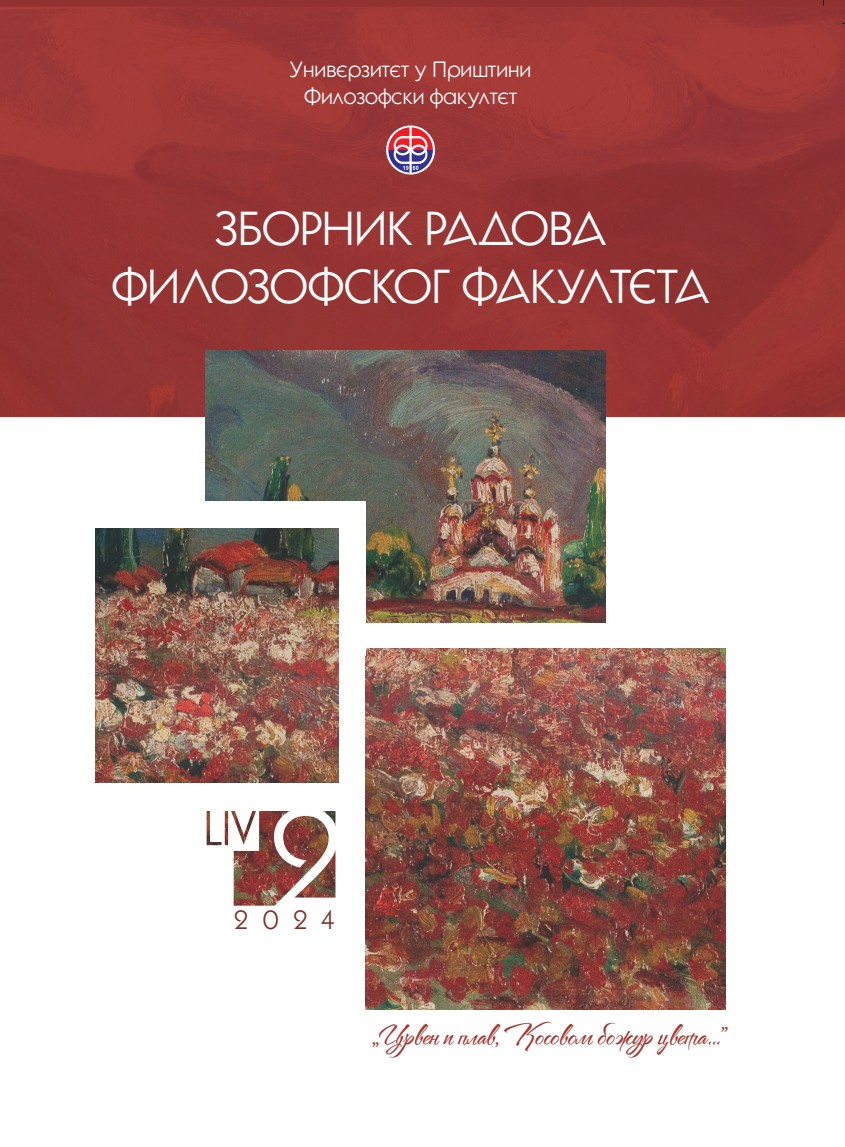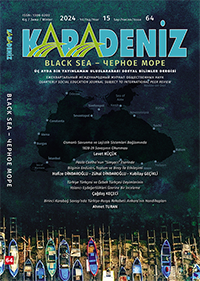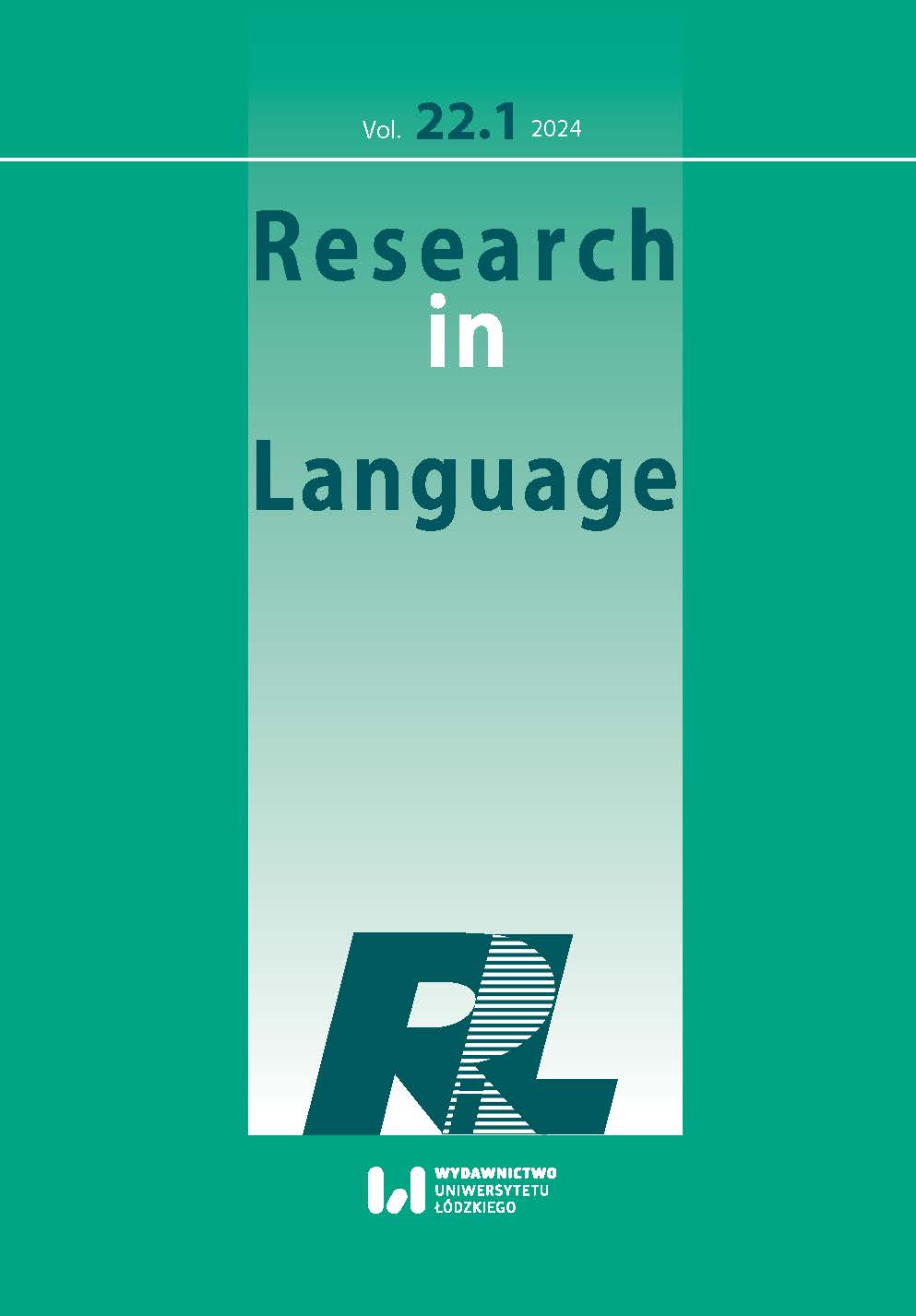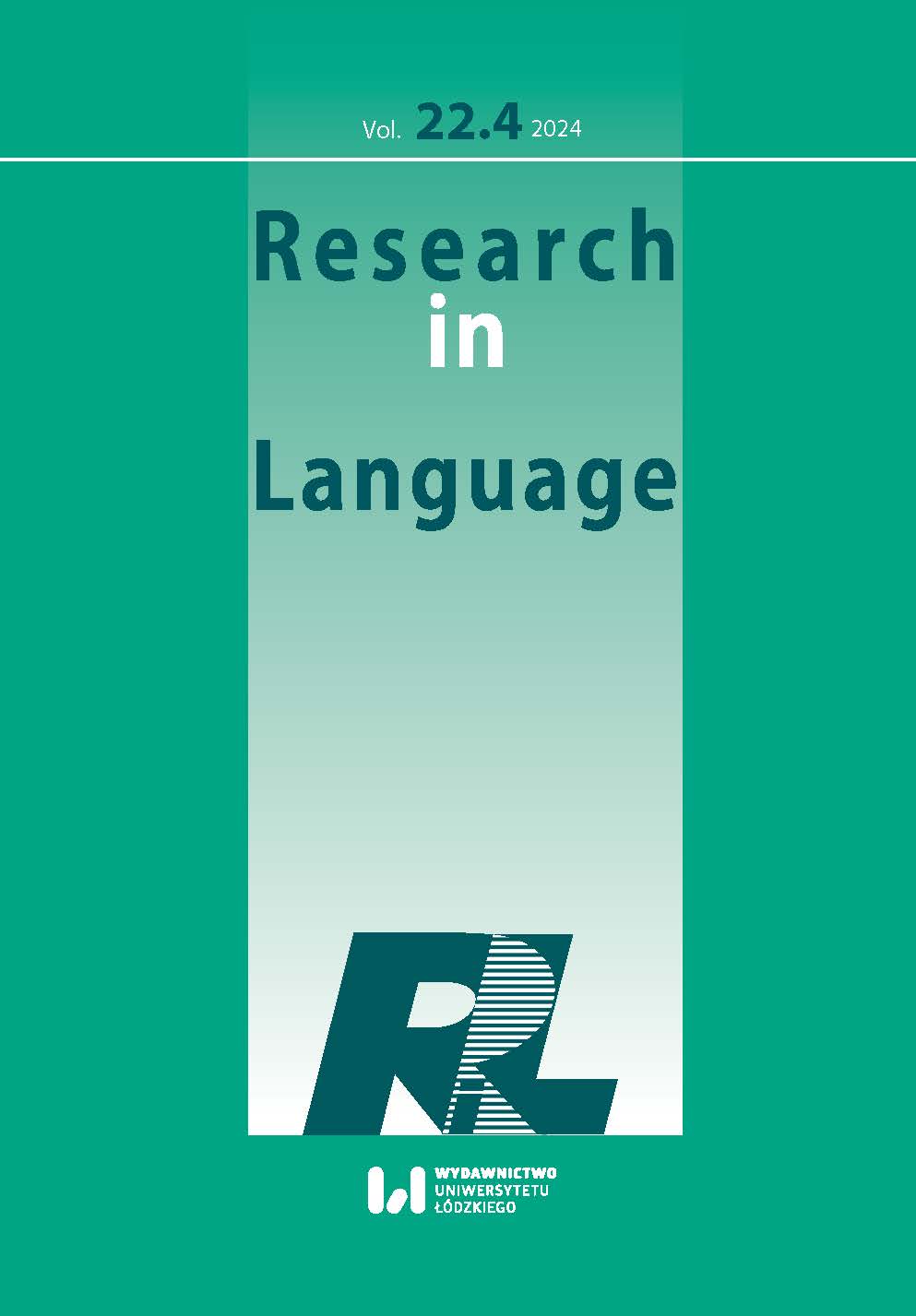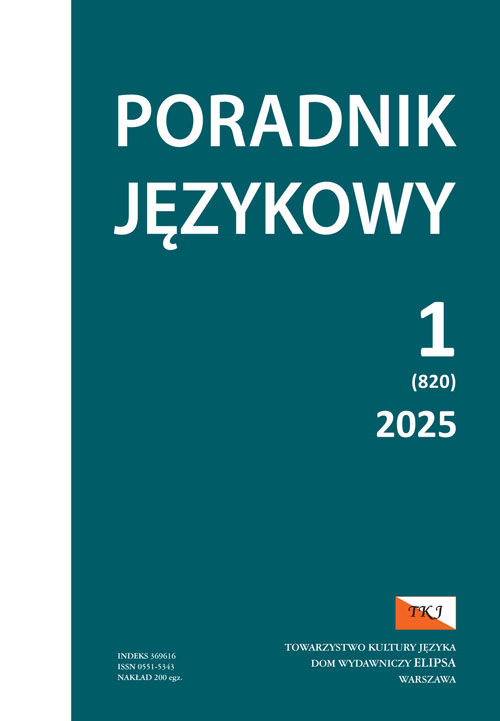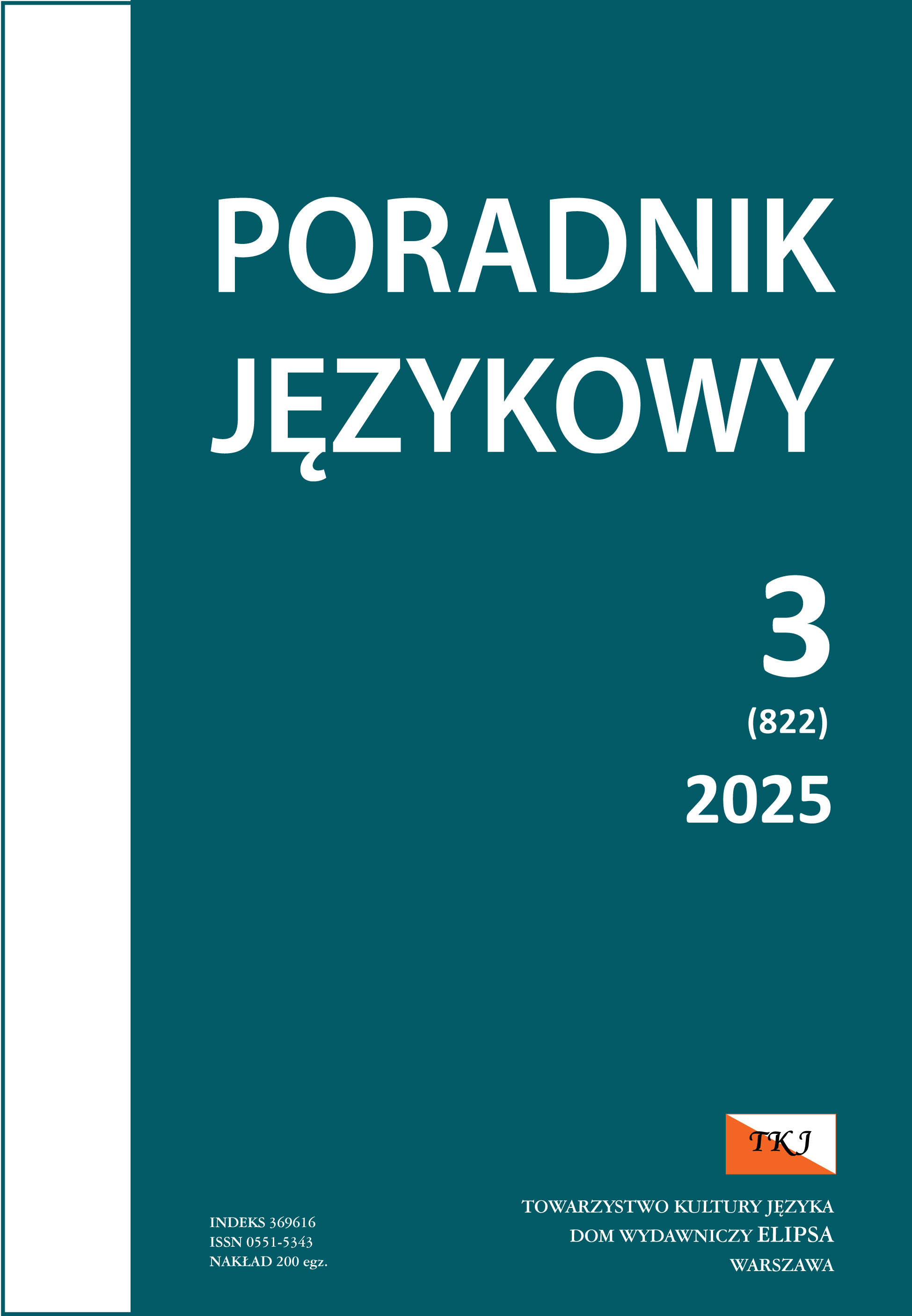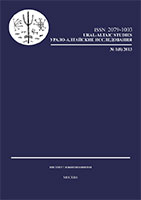
Отражение вокализма чувашских диалектов в «Сравнительном словаре» П. С. Палласа
The article gives a detailed analysis of the Chuvash vocalism reflected in Pallas’s Dictionary that dates back to the XVIII century. It is established that the dictionary’s orthography reflects quite unambiguously the features of both the Viryal and Anatri dialects of the Chuvash language. A number of dictionary entries preserve archaic features of the Chuvash vocalism that are not attested in the later records.
More...
